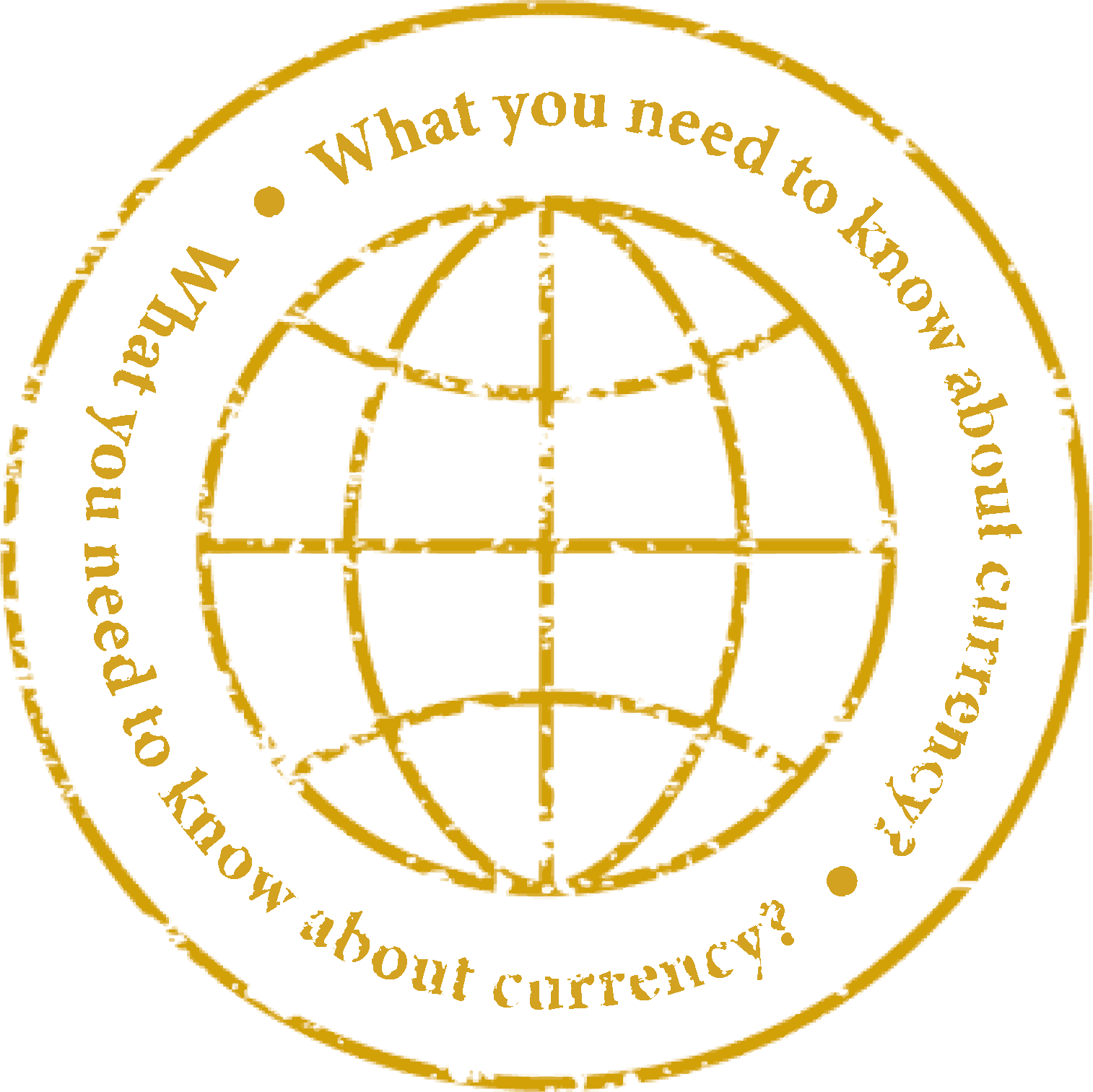Russian ruble exchange rate
Are you interested in the current exchange rates and the price of the Russian ruble? Stay up to date at all times! Below we present the current quotes of the Russian ruble in our online exchange.
Due to the situation in the East and difficulties in settling transactions caused by the cut-off of Russian banks from the SWIFT system, InternetowyKantor.pl suspends trade in the Russian ruble.
Russian ruble exchange rate - chart
The chart is updated in real time
Problem with data downloading.
Exchange rate Russian ruble in the charts is presented for indicative purposes, based on approximate data and is not of a transactional nature, i.e. it is not part of the website's offer or a proposal to make a transaction.

Russian ruble
In the ISO 4217 standard, the Russian ruble is marked with the RUB code. The ruble symbol used on the territory of the Russian Federation and written in Cyrillic – "pyϭ" is perhaps less familiar. Interestingly, in 2013, a new graphic designation "₽" for the Russian currency was introduced.
Modern Russian ruble
The currency of Russia took its name from the word "cut", which is related to the mediaeval custom of cutting up silver bars. At that time, the bars were a bullion currency and were often divided into 4 silver rubles, which was also a unit of weight of the bullion. The name of the RUB subunit, kopeck, comes from the coins minted since 1534, which featured a horseman with a lance (Russian копьё).
1 ruble is divided into 100 kopecks. Currently in circulation are coins in the following denominations: 1, 5, 10, 50 kopecks and 1, 2, 5 and 10 rubles, as well as banknotes of the following denominations: 5 rubles, 10 rubles, 50 rubles, 100 rubles, 200 rubles, 500 rubles, 1000 rubles, 2000 rubles and 5000 rubles. The reverse of the coins features floral ornaments, and the obverse e.g. a double-headed eagle (the coat of arms of the Russian Federation) and St. George slaying the dragon. RUB banknotes show elements of Russian architecture.
The exchange rate of the ruble to the zloty is important mainly for entrepreneurs, because trade with Russia constitutes quite a large part of Polish exports. Despite the need to obtain visas to travel beyond the eastern border, the PLN RUB pair is also popular among tourists.
The ruble – the history of one of the oldest currencies in the world
After the pound sterling, the Russian currency is the second oldest monetary unit in the world still in circulation. It appeared in silver bars as early as the 13th century, and Russian rubles in coins were introduced in 1704 due to the monetary reform of Peter the Great. In 1922, the so-called Soviet ruble appeared. After the collapse of the USSR, prices in Russia were freed, and incompetent monetary policy led to hyperinflation. Paradoxically, it was during this period that the exchange rate of the Russian ruble began to gain real significance, because, unlike the Soviet ruble, it could be exchanged for other currencies. The exchange rate of the ruble against the dollar and other major currencies took some time to stabilise – this happened at the end of the 20th century. Then the Central Bank of Russia carried out the redenomination, and the ruble conversion was 1000:1. The currency in Russia also changed then in terms of its international code – from RUR to RUB. Today, the ruble exchange rate depends primarily on oil and gas prices.
The fact that Russia bases its exports mainly on these commodities makes the ruble price very sensitive to oil crises. The price of the ruble is also influenced by Russia's political decisions and the not always effective actions of the local central bank. Due to the economic relations that connect us, the PLN RUB and EUR RUB pairs are also shaped by the current state of political, and thus economic, relations between Poland, the European Union and Russia.
Interesting facts about the RUB
-
Interestingly, the modern Russian ruble, which entered circulation at the end of 1991, operated in parallel with the Soviet ruble for two years.
-
Russian rubles were also officially used in Poland for some time. It was in the first half of the nineteenth century, in the time of Congress Poland.
-
Architectural elements visible on 200 RUB and 2000 RUB were chosen in a vote organised by the Central Bank of Russia.
